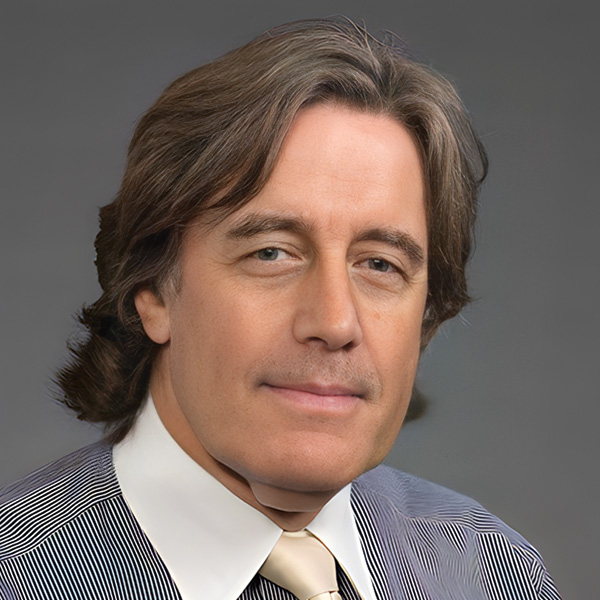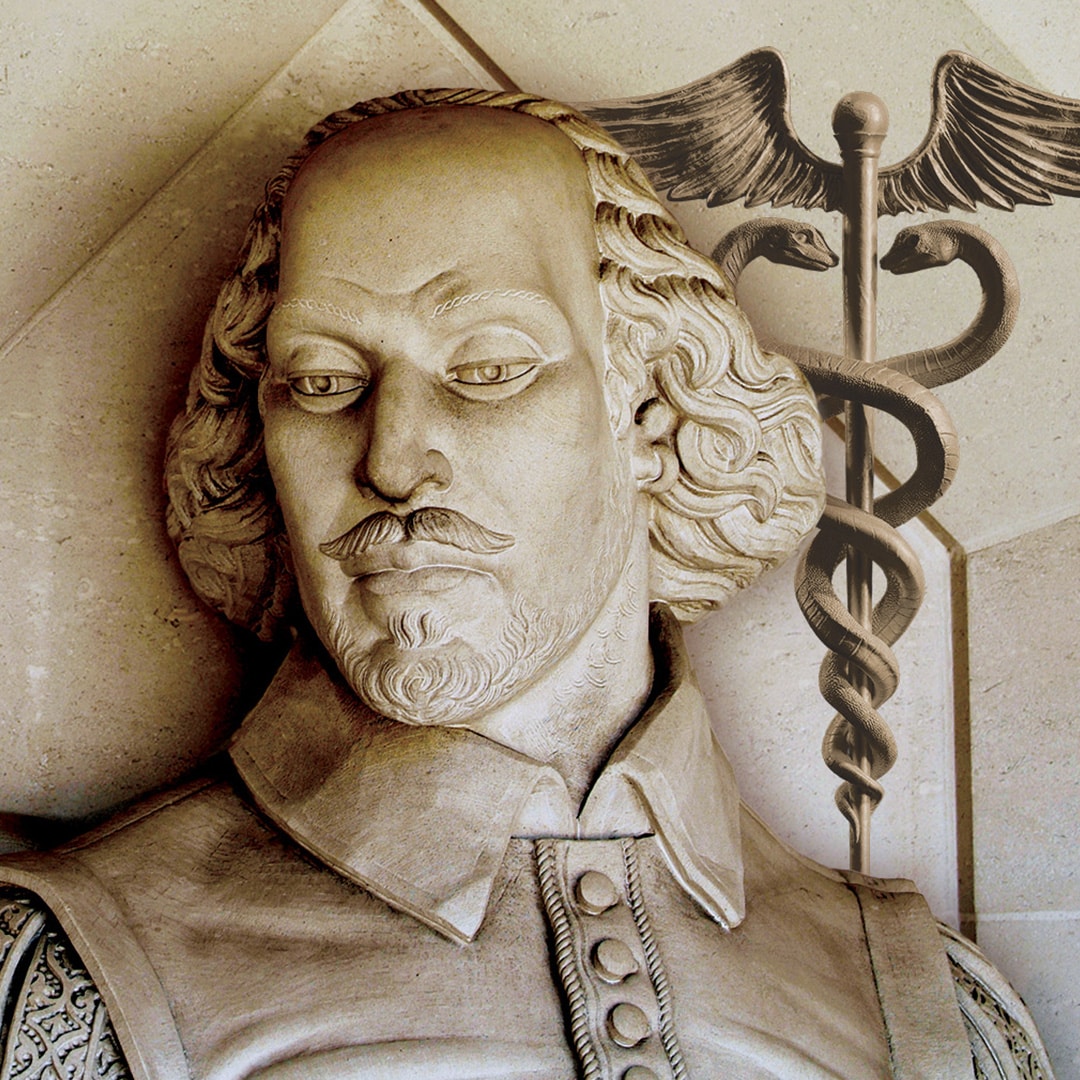We are who we are, but we are not you
Fine lines between self and non-self, control
What we are, exactly, what we imbue
Within flesh and blood, though not in our souls
We reject foreigners, immune systems
Honed to detect and destroy miniscule
Unwelcome invaders, all pathogens
But can we accept a living jewel
An organ from some-one who is non-self
Prevent the rejection, mask antigens
Suppress immune responses, like an elf
Weaving magic for organ’s acceptance
Transplants for kidney, heart and liver
Cyclosporin, the unique life giver
Backstory
Ever since the work of Louis Pasteur, Paul Ehrlich, Elie Metchnikoff, Robert Koch and others in the second half of the nineteenth century, it was realized that there were both humoral and cellular-driven processes that were involved with the defense of the human body, effectively defining the essence of the immune system. An central feature of this system is the ability to distinguish self from non-self constituents. This makes a great deal of sense but it was clear in the middle of the following century that this posed a very serious problem in the era of allograft tissue and organ transplantation. The solution to the problem was obvious; tease the immune system, preventing, or suppressing those mechanisms that normally rejected foreign agents.
Whole body radiation was far too risky and some chemicals that were administered to patients, such as steroids, were unsuccessful. Some thiopurines such as mercaptopurine and azathioprine used as anti-inflammatory agents were used for immunosuppression in the 1960s but rejection still occurred, for example in kidney transplant patients, and it was only after the recognition of the need for very close matching of donor and recipient tissue that such agents had some partial success. The main breakthrough came in the 1980s with the introduction of cyclosporine, a calcineurin inhibitor which, when used in combination with azathioprine and steroids, greatly improved the outcomes, especially reducing acute graft rejection rates. The actual path of development has been a little controversial, the original discovery being made in the company Sandoz, with major contributions to clinical use by Sir Roy Calne in Cambridge, UK and Dr Thomas Starzl in Boston. Cyclosporine has been replaced by several more potent immunosuppression drugs in the last 40 years.


